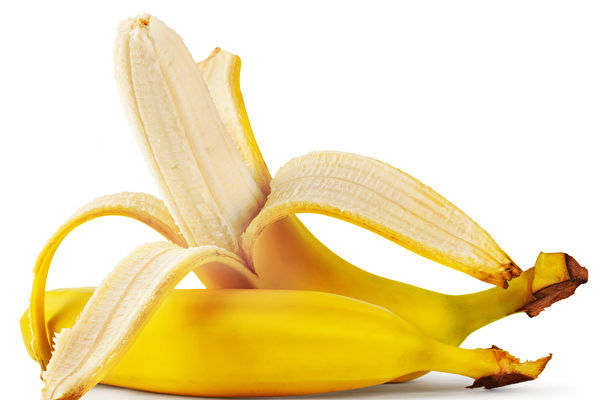Banana peels seem to have little use besides composting or feeding the heartbroken, and most people tend to discard them. However, research shows that after undergoing special processing, banana peels can be used to make delicious and nutritious snacks for people to enjoy, reducing food waste.
In a study published in 2022, scientists from Aligarh Muslim University in India found that if banana peels are bleached, dried, and ground into powder, they can replace a small amount of flour needed for baking cookies. Not only does this increase the nutritional content of the cookies, but it also enhances their taste.
The study demonstrates that adding too much banana peel powder can make the cookies a bit hard and turn brown in color, likely due to the fiber content in the peels. However, using only 7.5% of banana peel powder results in delicious baked cookies.
Although the study only tested the taste of cookies with added banana peel powder, the results suggest that incorporating banana peel powder in making bread, cakes, and pasta may also be worth considering.
Bananas are the fourth most widely consumed crop, following rice, wheat, and maize. Banana peels account for about 35% of the weight of bananas and are usually discarded or used for composting. However, banana peels are rich in organic compounds that, when decomposed in landfill, produce significant amounts of greenhouse gases such as methane.
Banana peels are edible. To reduce food waste and greenhouse gas emissions, people have been exploring ways to utilize banana peels for producing biofuels, fertilizers, treating wastewater, and other industrial applications. Moreover, researchers are studying how to use banana peels as a source of food.
Banana peels offer multiple health benefits as they are rich in fiber, antioxidants, particularly phenolic compounds, which have antioxidant, antimicrobial, and potentially anti-inflammatory effects, benefiting individuals with diabetes and hypertension.
Additionally, banana peels are rich in protein, potassium, magnesium, vitamins, polyunsaturated fatty acids, and amino acids among other nutrients. They can serve as a meat substitute for vegetarians.
Moreover, banana peels contain tryptophan, aiding in improving sleep. Their potassium and magnesium content is associated with muscle relaxation, coupled with antioxidant properties which led some to use them for brewing tea.
However, one of the researchers behind this study, Faizan Ahmad from Aligarh Muslim University, cautions against eating raw banana peels due to potential health risks from exposure to environmental contaminants, pesticides, and bacteria. Proper processing is necessary before consumption.
Previous research has shown that dried banana peels lose beneficial compounds at high temperatures, possibly further diminished when cooking with banana peel powder.
Banana peels also contain antinutrients like oxalates and phytates that can interfere with nutrient absorption in the body. Therefore, the processing of banana peels may require further research and refinement to minimize the negative impact of antinutrients.
Apart from the edible value of banana peels, these peels have other remarkable uses in daily life.
In a previous report by Epoch Times, it was noted that banana peels, containing minerals like potassium, can be soaked in water to serve as a natural fertilizer when poured onto soil, aiding in plant growth.
Calum Maddock, a British horticultural expert, stated, “Potassium is an essential macronutrient that can help plants in various ways, such as disease resistance.” He believes that soaking banana peels in water indeed promotes plant growth.
Regarding medical and beauty applications, banana peels have some lesser-known uses. For further information on these applications, click here.

